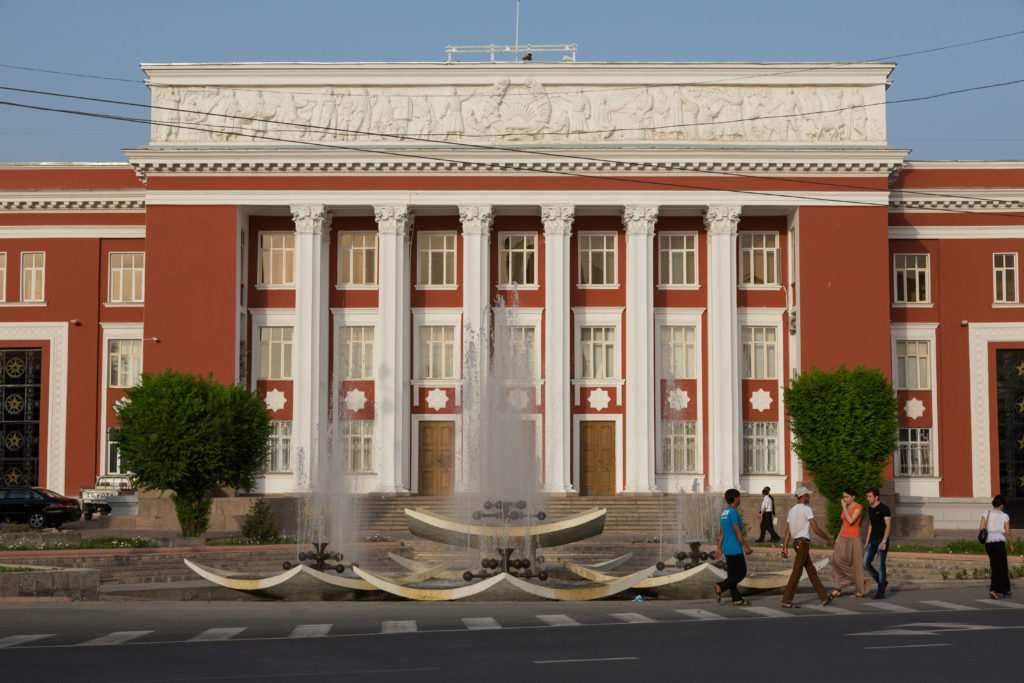The International Monetary Fund (IMF) said that a strong economic recovery was underway in Tajikistan and projected 7 percent growth in 2021, although warned that risks to the outlook remain tilted to the downside due to uncertainty on the pandemic and regional spillovers.
The Fund said that In response to the COVID-19 shock, the authorities took decisive steps to protect public health and economic activity. As a result, real gross domestic product (GDP) growth declined moderately to 4.5 percent in 2020 from 7.5 percent a year earlier. The economy expanded by 8.9 percent in the first nine months of this year, driven by the industrial (including mining), agricultural, and construction sectors.
“The economy is estimated to grow by 7.0 percent in 2021, underpinned by the global economic recovery, strong industrial activity, and domestic demand spurred on by public investment. Growth in 2022 is projected at 5.5 percent as the impact of pent-up demand (reflecting a rebound in remittances) and base effects fade,” the IMF said concluding its mission to the Central Asian country.
“An uncontrolled outbreak, potentially related to the deteriorating COVID situation in major trading partners, and new lockdowns could undercut the recovery. Regional security and geopolitical tensions could also jeopardize economic prospects,” the Fund added.
It said that over the medium term, growth is projected to settle at 4 percent with inflation declining to the central bank’s target range of 4-8 percent.
The current account surplus is expected to decline to 2.6 percent of GDP in 2021 as imports pickup in line with the recovery, the Fund said.
The IMF said that monetary policy has begun to normalise. In 2021, the refinancing rate has been raised by 250 bps in four steps, reserve requirements have been restored to their pre-COVID levels, and exchange rate depreciation has been restrained. Reserves have risen on the back of the central bank’s gold purchases from domestic producers to 8 months of import cover, as well as due to timely support from international partners including the IMF.
The Fund said that the 2020 fiscal deficit widened by 2 percentage points to –4.4 percent of GDP due mostly to a decline in tax revenues as activity sagged. For the most part, COVID related expenditures were accommodated under expenditure reprioritization. For 2021, the budget deficit is expected to improve to –2.0 percent of GDP reflecting a combination of higher revenues as the recovery takes
hold, and lower expenditures, signalling an unwinding of COVID measures.
“As a result, the debt-to-GDP ratio, which had risen by 7 percentage points to 51 percent in 2020 financed by new donor disbursements and IMF support, is set to fall back to 47 percent in 2021,” the IMF projected.
It said that a comprehensive reform of the tax system was expected to enter into force in 2022. The current draft contains some positive features, however, it also included lower tax rates and new tax expenditures, which were not in line with commitments under the Rapid Credit Facility (RCF), and which would likely result in revenue losses that would undermine development and social spending.

